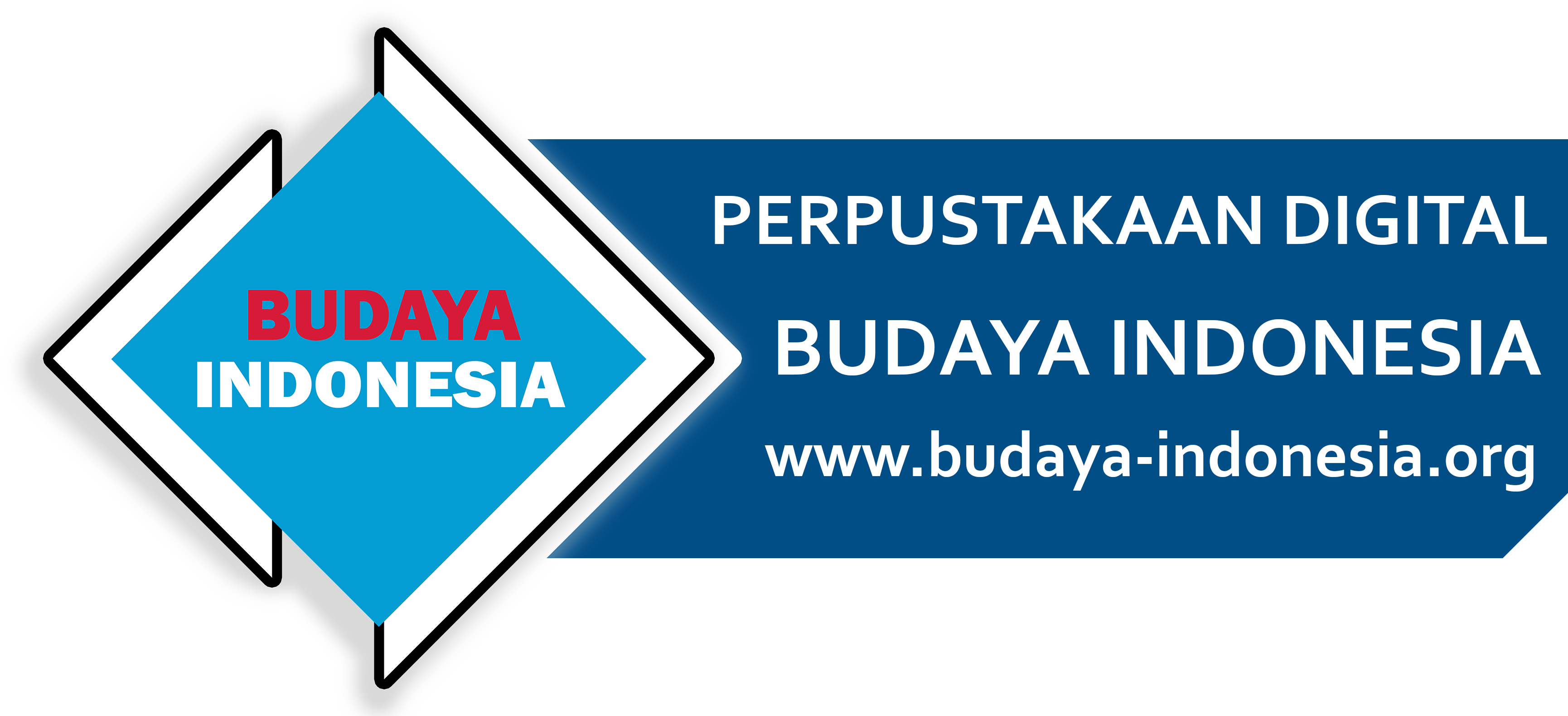TUAK IN THE BATAK TOBA CUSTOM
INFOBUDAYA.NET — North Sumatra (SUMUT) Province, which is inhabited by various ethnicities, certainly attracts the interest of the general public to get to know the customs, culture, history, and panoramas that stretch there. When talking about typical Indonesian food and drinks, of course, it will never run out of discussion, one of which is tuak (palm wine).
Tuak is a type of Indonesian alcoholic beverage produced from the fermentation of coconut sap or other types of trees that produce sap (such as sugar palm), and rice. This drink comes from several regions in Indonesia such as North Sumatra, Bali, South Sulawesi, and North Sulawesi. Tuak has its own characteristics from each region of origin.
Especially for the Batak tradition, this drink is often present at traditional events, family events, at Lapo (a place to eat for Batak people), and also as a treat for guests. The popularity of tuak among the Batak Toba makes it a typical and symbolic drink of the Batak tribe. The function of tuak in the daily life of the Toba Batak people is often discussed, but studies on tuak that focus on the socio-cultural aspects of the Batak are still lacking.
The tuak that is usually used in Batak customs is tuak tangkasan (palm wine associated with traditional ceremonies), tuak that is not mixed with raru (a kind of bark). This tuak comes from the mayang bagot plant (a type of palm plant). The sugar palm tree (bargot) was once believed to be a mystical tree due to the legend of the origin of the plant.
The Batak people have a legend before the creation of humans that in the Banua Ginjang kingdom (heaven) there were gods and goddesses led by Mulajadi Nabolon (the Creator of the Universe). Dewa Batara Guru had sons and daughters, his two daughters were named Dewi Sorbajati and Dewi Deakparujar. Meanwhile, Dewa Mangalabulan also had sons and daughters, one of whom was named Dewa Odapodap who was very ugly (described as resembling a lizard). Knowing that no one wanted to marry his son, Dewa Mangalabulan begged Mulajadi Nabolon and Dewa Batara Guru to marry Dewi Sorbajati to Dewa Odapodap. Knowing that Dewa Odapodap was ugly, Dewa Sorbajati was reluctant but had no power to refuse her father. Dewi Sorbajati then asked for her wedding party to be accompanied by gongs so that she could dance to vent her stress and sadness. Dewi Sorbajati danced all night until she unknowingly jumped into Banua Tonga (the mortal world). At that time Banua Tonga was still an ocean and there was no land to stand on, so Dewi Sorbajati was adrift in the ocean. Because the marriage had to continue, Dewi Deakparujar was forced to marry Dewa Odapodap. Dewi Deakparujar accepted on the condition that Mulajadi Nabolon bring a ball of cotton so that she could weave the Ulos Bintang Maratur. While weaving the Ulos, Dewi Deakparujar was reprimanded by Mulajadi Nabolon because her work was very slow. Because she was shocked by the reprimand, the end of the thread fell into Banua Tonga. Dewi Deakparujar became afraid and wanted to take the spinning but she fell and ended up hanging on a thread.
The Goddess begged for land to step on so she could continue weaving Ulos. The wider the Ulos she wove, the wider the land she stepped on. Finally, Dewa Odapodap was sent to meet Dewi Deakparujar and they finally got married, giving birth to the first Batak person. Dewi Sorbajati who was adrift in the ocean water finally landed on the land forged by Dewi Deakparujar and grew into a tree called the Bagot Tree.
Tuak in the Batak tradition is not used as an offering for the gods but for the spirits of deceased ancestors. Tuak is used in two official events, namely the Manuan Ompu-Ompu ceremony and the Manulangi ceremony. The Manuan Ompu-Ompu ceremony is a ceremony held at the grave of an elderly person. When a person who has grandchildren dies, several types of plants are planted on top of their grave. According to customary rules, water and tuak must be poured on the plants above. But nowadays, usually only water is poured, or at most tuak containing alcohol (not necessarily the tuak tangkasan).
In the Manulangi ceremony, the descendants of an Ompung Boru (grandmother) officially provide food to the elderly who already have grandchildren. In this ceremony, the descendants ask for blessings, advice, and distribution of property, witnessed by traditional elders. When providing food, drinking water and tuak must be served.
Tuak is a typical and symbolic drink for the Batak tribe. Tuak is an alcoholic drink native to Indonesia because the tuak used in Batak customs is tuak which is not mixed with raru. If tuak is usually used as an offering for the gods, this does not apply in Batak customs. Because in Batak customs, tuak is used as an offering for the spirits of ancestors who have died.
Reference:





Tidak Ada Komentar